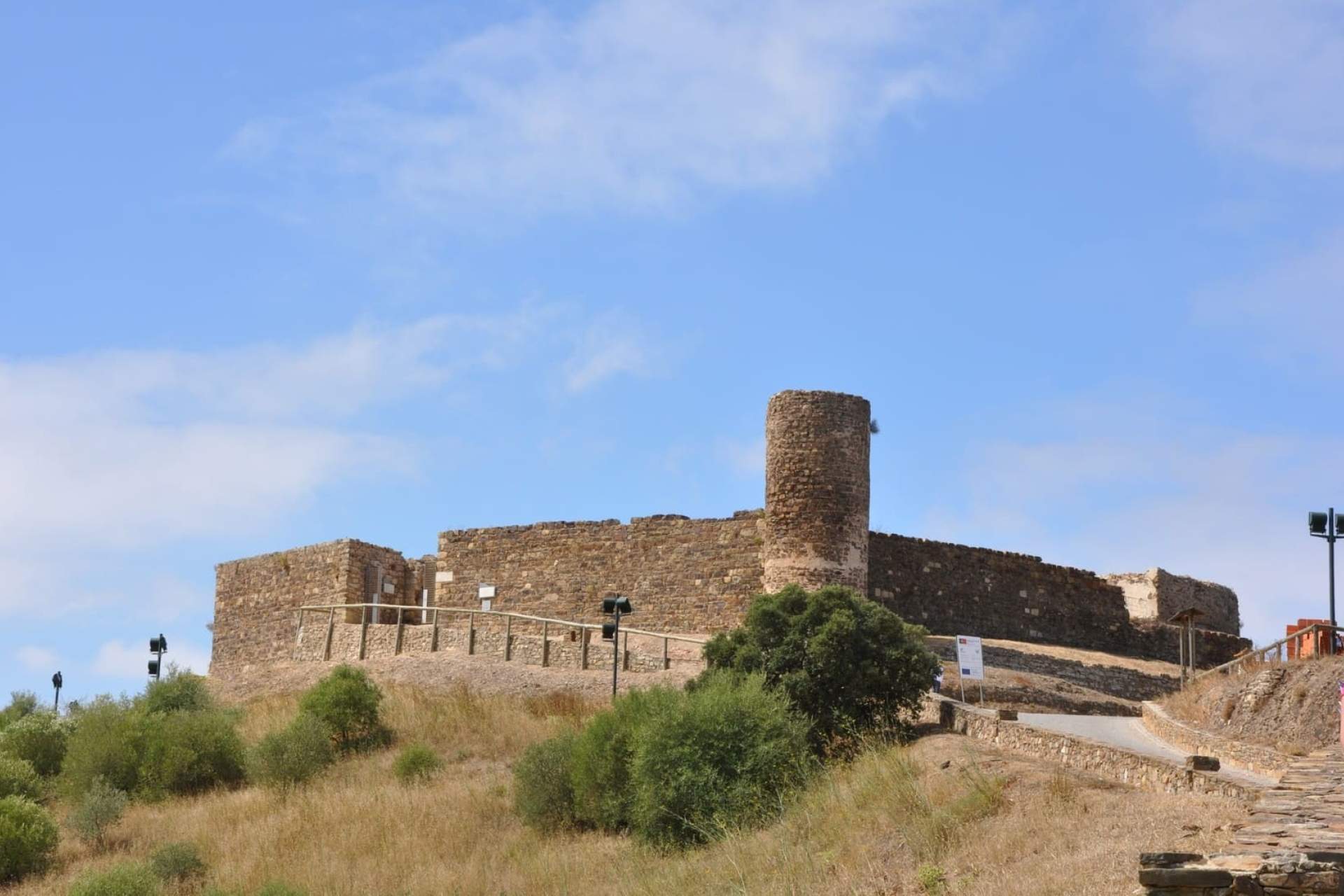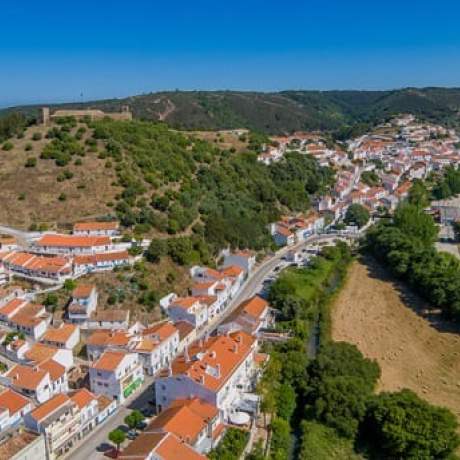
Aljezur
In the 10th century, the town of Aljezur would have been an almost island - therefore its Arabic name was al-Yazira (the island) -, surrounded by the Ribeira de Aljezur, which became a river port for the old Almoravid Empire.
The winding, narrow streets of the town, with their whitewashed houses, transport the visitor to the distant times of the Arab medina.
The Castle, built on the ruins of a Roman period castle, was part of the defensive system that protected Silves during the Almohad period, between the 12th and 13th centuries, when the town was conquered during the reign of King Afonso III by the knights of Paio Peres, Master of the Order of Santiago.
The stronghold was polygonal in plan and from the Islamic period some sections of ramparts, the semi-circular tower, to the north, and the cistern still exist.
The archaeological excavations carried out there have collected various ceramic materials from the Almohad period (second half of the 12th century and first half of the 13th century), some of which are part of the collections of the Aljezur’s Municipal Museum and the Lagos’ Regional Museum.
In the area around the Aljezur Castle is the Fountain of Lies (Fonte das Mentiras) associated with the legend of the conquest of the stronghold, which was handed over to the Christians by a Moorish woman who betrayed her own people out of love.
Legend has it that the beautiful Moor, who had fallen in love with a Christian warrior, could not resist confiding in him that they should begin their takeover of the castle on a day when the inhabitants used to bath in the cool waters of a nearby beach. On that day, the Moorish woman Maria Aires allowed the men of Paio Peres to enter the unguarded castle through the Fonte das Mentiras, which communicated with it through an underground passage.
It was this love that made the Christian conquest of Aljezur possible for the Knights of Santiago!
Close
Search results for:
No results were found matching your search.
Information available soon.




